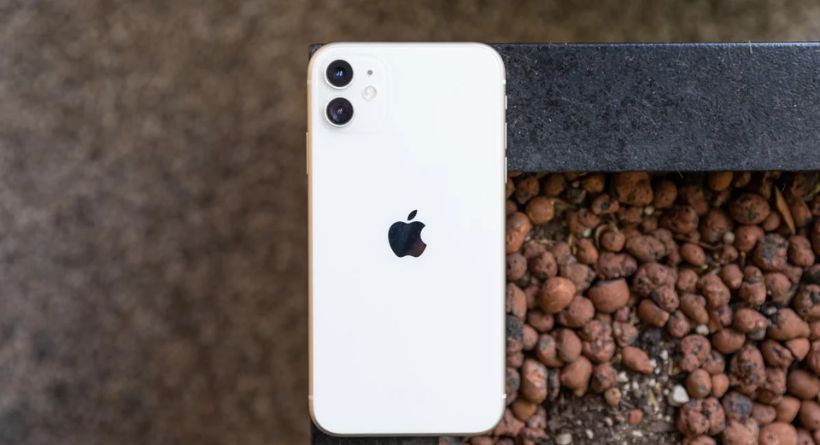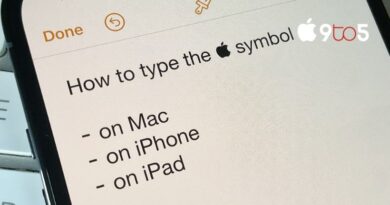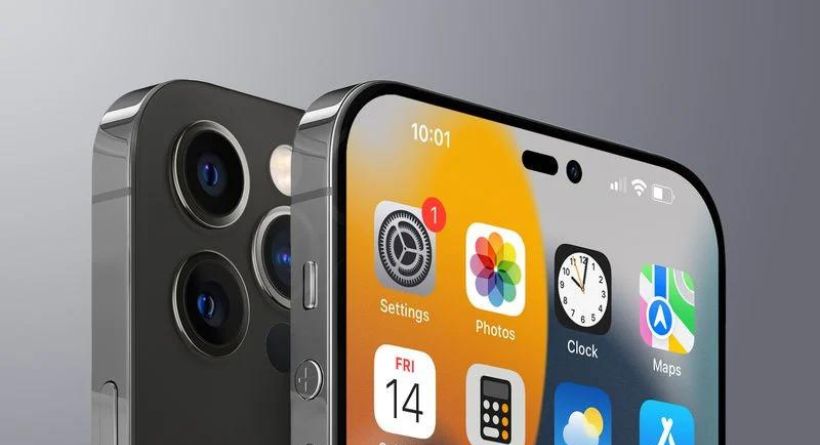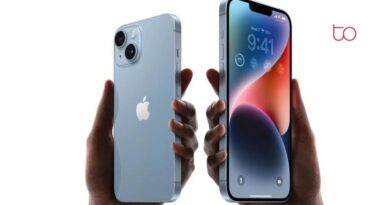Apple iPhone 12 vs. iPhone 11: Which one is right for you?
The iPhone 13 series has been the focus of all the buzz in the Apple world for the previous few months. It’s difficult to avoid becoming sidetracked by the business’s newest and best with all of its updates and new features.
The iPhone 13 isn’t Apple’s sole range of smartphones, either. The business continues to offer the iPhone 12 and iPhone 11 as less expensive substitutes. These are still excellent phones, and many of you may be thinking about purchasing one.
If you’re having trouble deciding which one to buy, we’re now comparing the two to discover which one is best for you.
You should get the iPhone 12 if…
 You want that flashy new iPhone design
You want that flashy new iPhone design
There is no denying that the designs of the iPhone 12 and 11 are extremely different. After making its debut on the iPhone X, Apple continues its rounder, friendlier design language with the iPhone 11. In contrast, the iPhone 12 revives a squared-off style last seen in the 2016 release of the original iPhone SE. Several individuals adore this flatter appearance, so if you share that opinion, you should give the iPhone 12 serious thought.
You need an OLED screen
Many people considered the iPhone 12’s 6.1-inch Super Retina XDR screen to be the ideal justification for an upgrade when Apple introduced it. This is because the regular iPhone finally received an OLED screen after two generations of LCDs.
If you’re not acquainted, OLED panels provide a viewing experience that is far better than LCD. They boast stronger contrast and may get brighter and more vivid. To attain pure black levels, OLED panels may switch off any individual pixels that aren’t being used. This produces a considerably higher-quality screen than a normal LCD, one that is richer and packed with more contrast. For instance, the iPhone 11 has a subpar LCD, giving the iPhone 12 a significant performance advantage.
You want great cameras
The iPhone 12 series was praised for having some of the greatest phone cameras available, and that opinion is still valid today. While the cameras of the iPhone 11 were already excellent, they only got better with the iPhone 12.
The quality of images taken at night much improved, which is significant for many individuals as they may frequently be in poor lighting settings. Overall brightness in your images will increase, and contrast and sharpness will also be enhanced. While the quality of ultrawide will be closer to that of the primary camera, it will be able to capture more of the scene in a single frame.
Ultimately, if you care about shooting the greatest photos and movies, the iPhone 12 is the phone for you.
You want access to MagSafe
With the iPhone 12 series, Apple debuted its brand-new MagSafe accessory mechanism, which has certain benefits. To prevent losing your phone on a charging pad, the MagSafe wireless charger magnetically attaches to the back of your iPhone. Also, a vast array of accessories, like wallets, phone mounts, and power packs, connect to your iPhone using the MagSafe connector. Even so, MagSafe will charge the iPhone 12 more quickly than a typical wireless charging station.
Simply said, the iPhone 11 series lacks this, so if you want to learn more about MagSafe, stick with the iPhone 12.
iPhone 11

The iPhone 11 was released by Apple in September 2019, and for several years after that, it remained a reasonably priced alternative. However, Apple has subsequently discontinued the iPhone 11, and it is no longer offered by the company.
Apple refers to the 6.1-inch LCD of the iPhone 11, which replaced the iPhone XR, as a “Liquid Retina HD Display.” It has a maximum brightness of 625 nits, a maximum brightness of 1792 x 828 at 326 ppi, a contrast ratio of 1400:1, True Tone support for adapting the white balance to the ambient illumination, and broad color support for true-to-life colors.
The iPhone 11 uses Haptic Touch instead of 3D Touch, just like the iPhone XR before it and other previous iPhone models. While supported by all versions of iOS, haptic touch does not have the pressure sensitivity of the 3D Touch capability that Apple previously supported.
The glass body of the iPhone 11 is available in White, Black, Yellow, (PRODUCT)RED, Purple, and Green, offering a variety of design options.
The iPhone 11 doesn’t look all that different from the iPhone XR it replaced, but when it was first introduced, Apple claimed it had the toughest glass ever used in a smartphone and offered improved water resistance (IP68), which has since become the industry standard for iPhones and increased overall durability. Dolby Atmos is supported, and spatial audio gives a more immersive sound experience.
The camera system on the iPhone 11 sets it different from the XR, even though it can’t compete with Apple’s newest iPhones. Apple introduced a new dual-lens camera that was an upgrade over the previous single-lens camera. A conventional wide-angle camera and an ultra wide-angle camera with a 120-degree field of view are included in the camera arrangement. The iPhone 11 lacks a telephoto lens, unlike the bigger Pro and Pro Max phones in Apple’s prior lines.
According to Apple, the ultra wide-angle camera captures four times as much space as a conventional wide lens, making it perfect for taking pictures of landscapes, buildings, close-ups, and other subjects.
An improvement over the iPhone XR, which only enabled human images in Portrait mode, is that both cameras work together to provide Portrait mode for people, pets, objects, and more.
The iPhone 11’s camera interface has been redesigned with a more immersive experience that enables you to view and, if wanted, record the region outside the frame utilizing the ultra-wide-angle camera. Both digital zoom up to 5x and 2x optical zoom out are available.
Similar to the Night Sight option on Google Pixel handsets, Apple has included a new Night mode that makes advantage of the iPhone’s processing power and the new wide camera sensor to take sharp, clear, and brilliant pictures even in very low lighting circumstances.
In iOS 13.2, Apple introduced a Deep Fusion feature that uses sophisticated machine learning techniques for pixel-by-pixel processing of photos, optimizing for texture, details, and noise. Next-generation Smart HDR uses machine learning to capture more realistic-looking images with improved highlight and shadow detail. Overall, compared to the XR, the iPhone 11 featured far better photography skills, and it is still a good camera two years later.
Both of the cameras in the iPhone 11 can be utilized to shoot video in 4K with the improved dynamic range at 24, 30, or 60 frames per second, with live switching available with just a single touch.
Holding down the shutter button in the Camera app’s QuickTake video mode triggers an automated recording of video with subject tracking, and the Audio Zoom function syncs the audio to the video frame for more dynamic sound.
With the addition of a 12-megapixel sensor to the front-facing TrueDepth Camera system, Face ID became up to 30% quicker and more flexible. It included support for 120 fps slo-mo video for the first time, enabling users to take “selfies,” or slo-mo selfies.
The TrueDepth camera is capable of recording 4K video at 60 frames per second and next-generation smart HDR for photographs that seem more realistic.
The A13 Bionic 7-nanometer chip and third-generation Neural Engine are both found in the iPhone 11. With a 20% faster CPU and GPU than the A12, Apple claimed at the time of its release that the A13 Bionic was the fastest processor ever used in a smartphone. The Neural Engine in the A13 is quicker than in previous chips for real-time photo and video processing, and Machine Learning Accelerators in the A13 allow the CPU to deliver more than 1 trillion operations per second.
The iPhone 11’s battery life is an hour longer than that of the iPhone XR. Although it does not equal the battery life of other of Apple’s bigger iPhone models, it allows up to 17 hours of video playback, up to 10 hours of streaming video playback, and 65 hours of audio playing. Although fast charging is an option, the iPhone 11 only comes with a USB-C to Lightning adapter, thus additional hardware is needed.
The iPhone 11 comes equipped with an Intel modem chip with Gigabit-class LTE, 2×2 MIMO, and LAA, Wi-Fi 6 compatibility (802.11ax) with 2×2 MIMO, Bluetooth 5.0, Dual-SIM with eSIM, and an Apple-designed U1 Ultra Wideband processor that enhances spatial awareness and permits improved indoor tracking. The chip now supports directionally aware AirDrop recommendations in iOS 13.1, allowing you to drop files.




